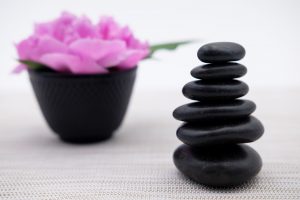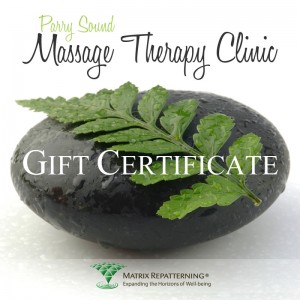Massage
Massage Therapy is the manipulation of the soft tissues of the human body including muscles, connective tissue, tendons, ligaments and joints. Massage therapy helps alleviate the soft tissue discomfort associated with everyday and occupational stresses, muscular over-use and many chronic pain conditions. If employed early enough after accidents involving trauma and injury, massage therapy can greatly reduce the development of painful muscular dysfunction.
Massage Therapy
A profession in which a Registered Massage Therapist (RMT or MT) applies manual techniques, and may apply adjunctive therapies with the intention of positively affecting the health and well-being of the client.
Massage Modality or Technique
A kind of massage, such as Swedish, deep tissue, or myofascial release.
Swedish Massage
A system of long strokes, kneading, and friction techniques on the more superficial layers of the muscles combined with active and passive movements of the joints. The four strokes of Swedish massage are effleurage, petrissage, friction and tapotement.
Effleurage
A smooth gliding stroke, generally used in a Swedish massage using both hands to relax soft tissue by increasing blood and lymphatic flow. It is used at the beginning and the end of the massage as well as to move between other techniques throughout the massage.
Petrisage (also called kneading)
The squeezing, rolling, skin rolling, picking-up, and kneading of the muscles that usually follows effleurage during Swedish massage as it is a deeper massage technique.
Friction
The deepest of Swedish massage strokes. It encompasses deep, circular movements applied to soft tissue, causing the underlying layers of tissue to rub against each other. This causes an increase in blood flow to the massaged area and can breakdown scar tissue.
Tapotement
A Swedish massage technique executed with rhythmic percussion with cupped hands, fingers, or the edge of the hand with short alternating taps to the client. This process is used to stimulate blood flow and release lymphatic build up within the body. The name of the stroke is taken from the French word “Tapoter”, meaning to tap or to drum.
Deep Tissue
A technique that releases chronic patterns of tension in the body, through slow strokes and deep finger pressure, on contracted areas. It either follows or goes across the grains of muscles, tendons and fascia.
Hot Stone Therapy
A massage technique in which warmed stones are placed and left on specific points of the body. The stones are also used in the therapist’s hands while performing massage.
Hydrotherapy
Referring to the therapeutic use of water in any of its various forms: air massage baths, steam showers, ice, moist heating pads, paraffin wax baths etc.
Lymphatic Drainage Therapy
A hands-on method for lymphatic drainage, involving flat hands utilizing all of the fingers, to stimulate wave-like movements. This enables the practitioner to feel the rhythm of the body fluids to determine the exact pressure, direction, and rhythm needed.
Myofascial Release
Uses long, stretching strokes to release muscular (myo) and fascial (layers of tissue under the skin) tension.
Sports Massage
Sports massage is designed to enhance athletic performance and recovery. There are three contexts in which sports massage can be useful to an athlete: pre-event, post-event, and injury treatment:
Pre-event – to warm up the muscle tissues, using quick movement Swedish techniques to increase blood flow, also stretching the muscles out prior to the exercise.
Post-event – using slow, broad, long Swedish techniques to stretch out the muscles after use, allowing for increased lymphatic drainage and decreasing toxicity in the muscles to prevent tightening and decrease any injuries caused by over-use.
Injury treatment – the wide range of injuries that occur in sports such as over use, strains, sprains, dislocations, etc. are all treatable using a variety of massage therapy techniques.
Trigger Point
Irritated area in muscle fibres that when compressed may elicit pain or a twitching response.
Trigger Point Therapy
A method that applies concentrated finger pressure to trigger points to break cycles of spasm and pain.





